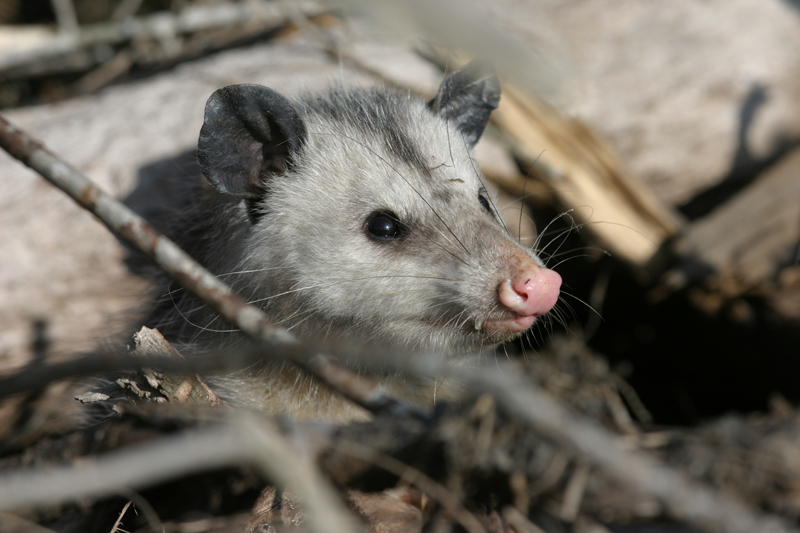

The burying beetles actually enter the dead bodies of small animals before feeding on them underground. Many invertebrates, such as carrion beetles, live almost entirely on decomposing animal matter. Enter a free-to-play action shooter where squads of three compete to survive and dominate in a hybrid of sandbox-style PVE and class-based PVP. scavenger, also called carrion-feeder, animal that feeds partly or wholly on the bodies of dead animals. Crows eat seeds, nuts, eggs and rodents in the wild, but those that live close to people get a significant portion of their diet from scavenging roadkill and trash. All predators are scavengers because its easier to eat a dead animal than. Scavengers is your strategic survival battleground. Some animals do not scavenge often in more remote environments, but rely heavily on it in urban ones. Bottle flies Also called blow flies, these are the most infamous flies in the world. In effect, for these jackals, it’s probably more efficient to scavenge meat than it is to hunt for themselves. Even great white sharks often eat carrion if they come across a dead pinniped or whale. secretive predator and scavenger of the arid areas of southern africa. African jackals typically scavenge more than other jackals, because they’re surrounded by lions, leopards, cheetahs, and hyenas. Most carnivores and omnivores will scavenge if given the opportunity. For example, if left to thrive in a carcass, bacteria and other pathogens may spread within the local environment and infect other animals, including livestock and humans. Some common scavengers include vultures, raccoons and blowflies. Lobsters, crabs and eels are well-known examples. By consuming dead animals, called carrion, scavengers remove dead carcasses from the environment a valuable service that goes well beyond environmental aesthetics. Feral dogs may rely on scavenging trash for a large part of their diets. Wolves, coyotes and other wild canids also scavenge as well as hunt. Big cats, such as lions and tigers, also eat carrion when they find it. Hyenas scavenge for a large part of their diets, although groups of hyenas also hunt together. Scavenging bears are common enough that they have caused trouble when they venture into towns and cities in search of food. While bears primarily eat vegetation and fish, they are attracted to carrion and human trash. Studies of this nature are critical in aiding in the estimation of the PMI in real-world medico-legal investigations in eastern North Carolina.Bears are another common type of scavenger. Removing a herd of lions from their prey can prove to be quite difficult, since when outnumber by.

They are continually on the watch, looking to steal food hunted by lions or other large predators. Hyenas, for example, are scavenger animals of the Savannah. However, while some animals are true scavengers and feed exclusively on animal carcasses, others are both scavengers and hunters. This animal eats meat but never has to hunt for it or kill it. Scavengers are meat-eaters, but rather than catch prey they prefer to feed on animal remains left behind by predators. The most representative species of scavengers are found in certain parts of Africa. Scavengers are animals that depend on the dead carcasses or kill by other carnivores for food and therefore play a role in riding the ecosystem of animal remains. Example: vultures hyena coyote raccoon etc. This research finds that there are general trends in both scavenger activity over time and scatter of the remains over time, therefore a relationship was found between scatter area and PMI. Animals who eat the flesh of dead animals as food are called Scavengers.
Scavengers animals full#
The exposed remains reached full skeletonization and disarticulation by day 8, while the control reached a skeletal state by day 16. Vultures and canid scavengers produced the most pronounced scattering events. Motion sensing cameras were positioned at the three exposed sites to capture images of scavenging animals. One specimen enclosed in a wire cage served as a control. Systematic observation over a five-month period documented which scavengers affected the deceased human bodies, the decompositional changes of each subject, and the scattering patterns of the skeletal elements to determine whether or not scatter patterns over time can be predictive of the postmortem interval. This study investigates the impacts of animal scavenging on decomposition rates and estimations of the PMI in eastern North Carolina using pigs (Sus scrofa) (n=4) as analogs for human remains. For instance, scavenging animals can remove soft tissue and disarticulate and scatter remains, resulting in faster-than-expected decomposition.

Numerous environmental and human-induced variables that affect decomposition can cloud accurate estimations of the postmortem interval (PMI).


 0 kommentar(er)
0 kommentar(er)
